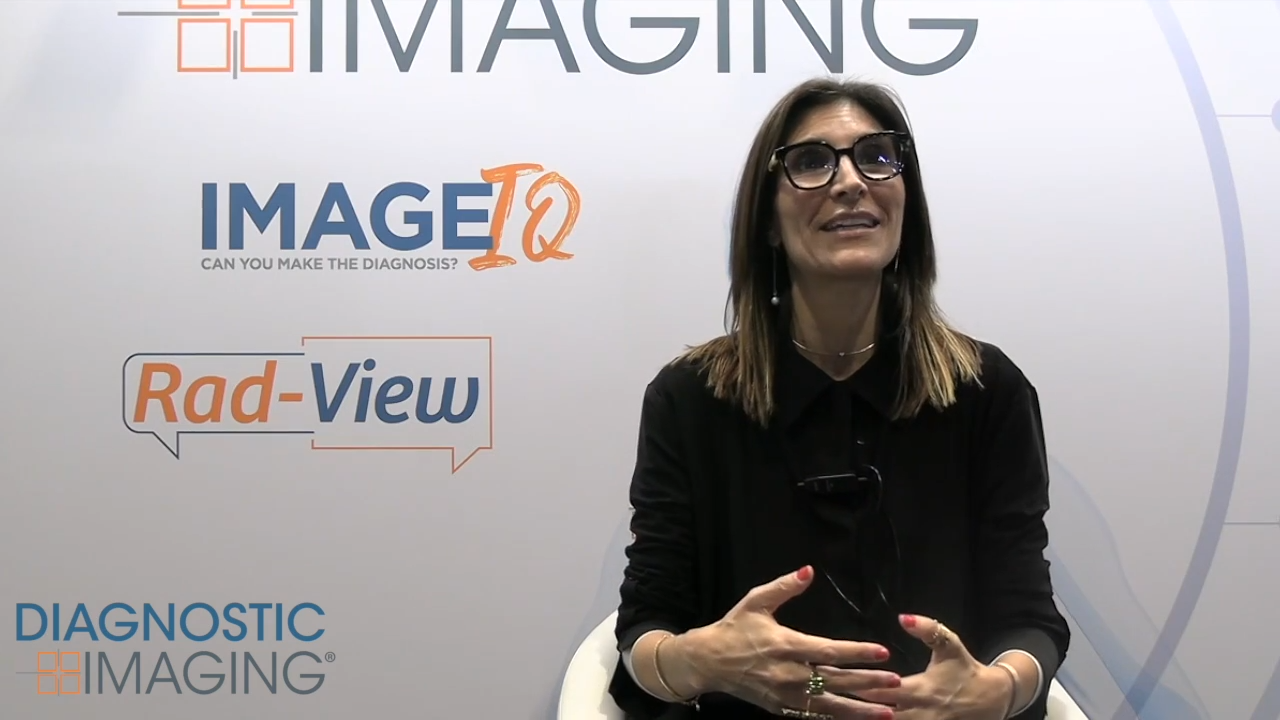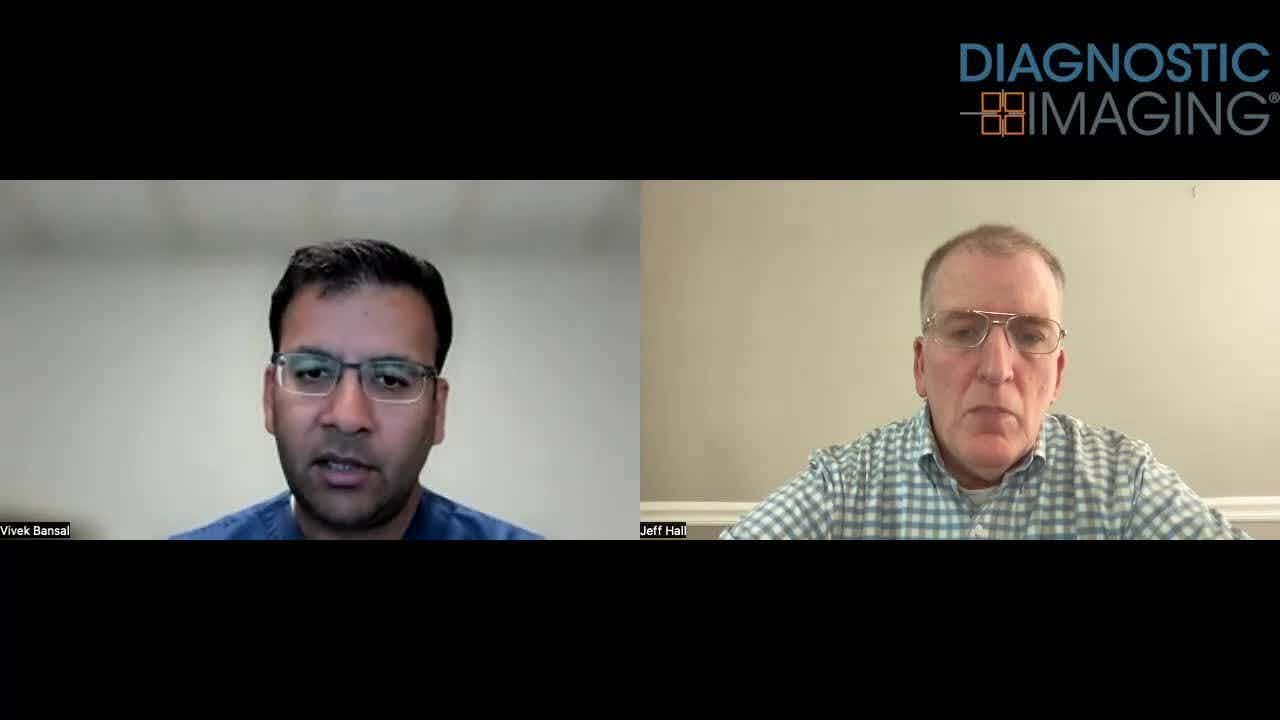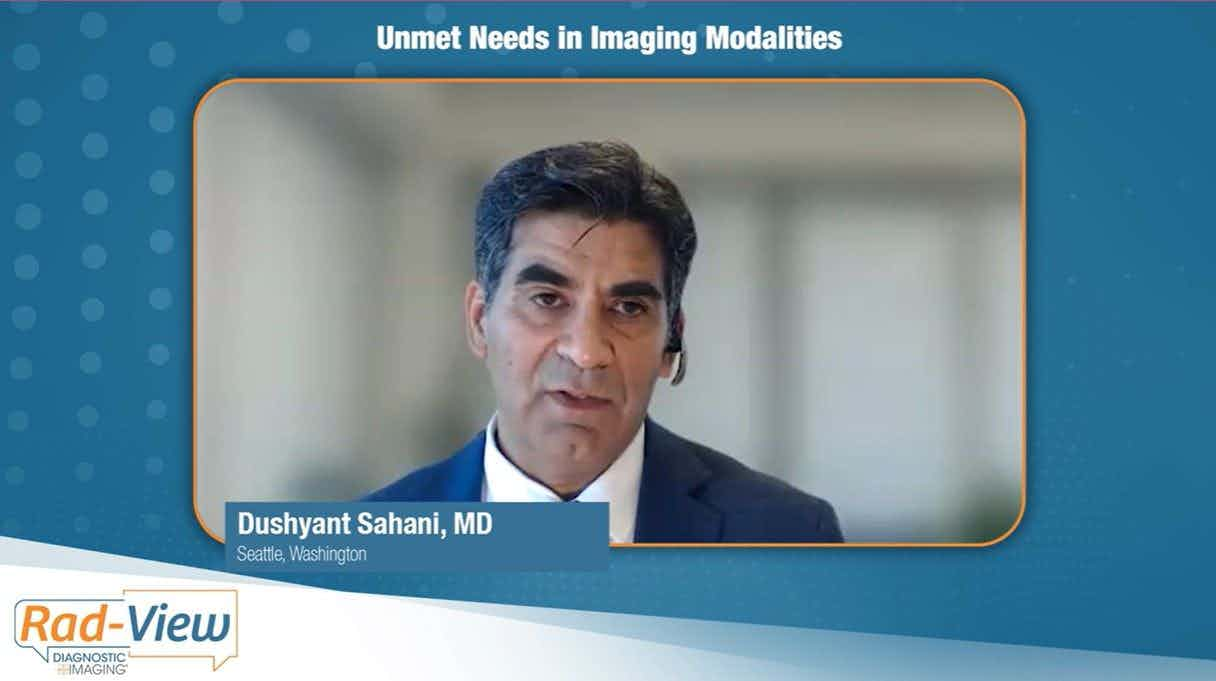CT Texture of Esophageal Tumors May Determine Chemo Effectiveness
CT texture analysis of primary esophageal tumors may be a potential imaging biomarker, helping determine the effectiveness of chemotherapy.
CT texture analysis of primary esophageal tumors may be a potential imaging biomarker, helping physicians determine the effectiveness of neoadjuvant chemotherapy, according to a presentation at the 2013 Cancer Imaging and Radiation Therapy Symposium in Orlando, Fla.
To establish a possible prognostic factor in patients with primary esophageal cancer, researchers in the United Kingdom identified 31 patients from Guy's and St. Thomas' NHS Foundation Trust and King's College Hospital NHS Foundation Trust who had localized resectable esophageal cancer and who had received neoadjuvant chemotherapy for esophageal cancer between 2007 and 2010.
Twenty-two patients had adenocarcinoma and nine had squamous cell carcinoma (SCC). The group comprised one patient at stage I, 12 at stage II, 17 at stage III, and one at stage IV. All had received platinum and fluorouracil-based chemotherapy followed by surgery. Eleven patients received adjuvant therapy. Median follow-up was 21.9 months.
Tumor texture analysis was performed using proprietary software (TexRAD, University of Sussex) on staging and post-chemotherapy exams. The texture parameters were mean-grey level intensity (MGI), entropy, uniformity, kurtosis, skewness, and standard deviation with histogram (SDH), and were derived for four filter values to highlight structures of different spatial width: 1.0 (fine texture), 1.5 to 2.0 (medium), and 2.5 (course).
A subgroup of 26 patients was grouped as responders (11) and non-responders (15). Among the responders, five were complete and six were partial.
The researchers found that primary tumors became more homogenous following chemotherapy, as entropy decreased and uniformity increased. Smaller change in skewness following chemotherapy was a significant prognostic factor.
Median overall survival was 36.1 months versus 11.1 months. Lower baseline entropy and lower post-treatment MGI were also associated with improved survival, although they demonstrated only a trend toward significance.
The researchers concluded that CT texture analysis has the potential to be a prognostic biomarker following neoadjuvant therapy in esophageal cancer. Connie Yip, MD, the lead study author and a clinical research fellow at King's College and an associate consultant in radiation oncology at the National Cancer Centre, Singapore, said that although the study was small, the tumoral texture features could be valuable in assessing chemotherapy effectiveness. "As a biomarker for treatment efficacy, this technique could save patients from unnecessary surgery and provide more definitive guidance in developing patient treatment plans with improved outcomes."
Can Emerging AI Software Offer Detection of CAD on CCTA on Par with Radiologists?
May 14th 2025In a study involving over 1,000 patients who had coronary computed tomography angiography (CCTA) exams, AI software demonstrated a 90 percent AUC for assessments of cases > CAD-RADS 3 and 4A and had a 98 percent NPV for obstructive coronary artery disease.
Study Examines CT-Based AI Detection of Incidental Abdominal Aortic Aneurysms
April 29th 2025The AI software Viz AAA offered a sensitivity of 87.5 percent in detecting abdominal aortic aneurysms on contrast-enhanced CT, according to new retrospective research presented at the American Roentgen Ray Society (ARRS) conference.










